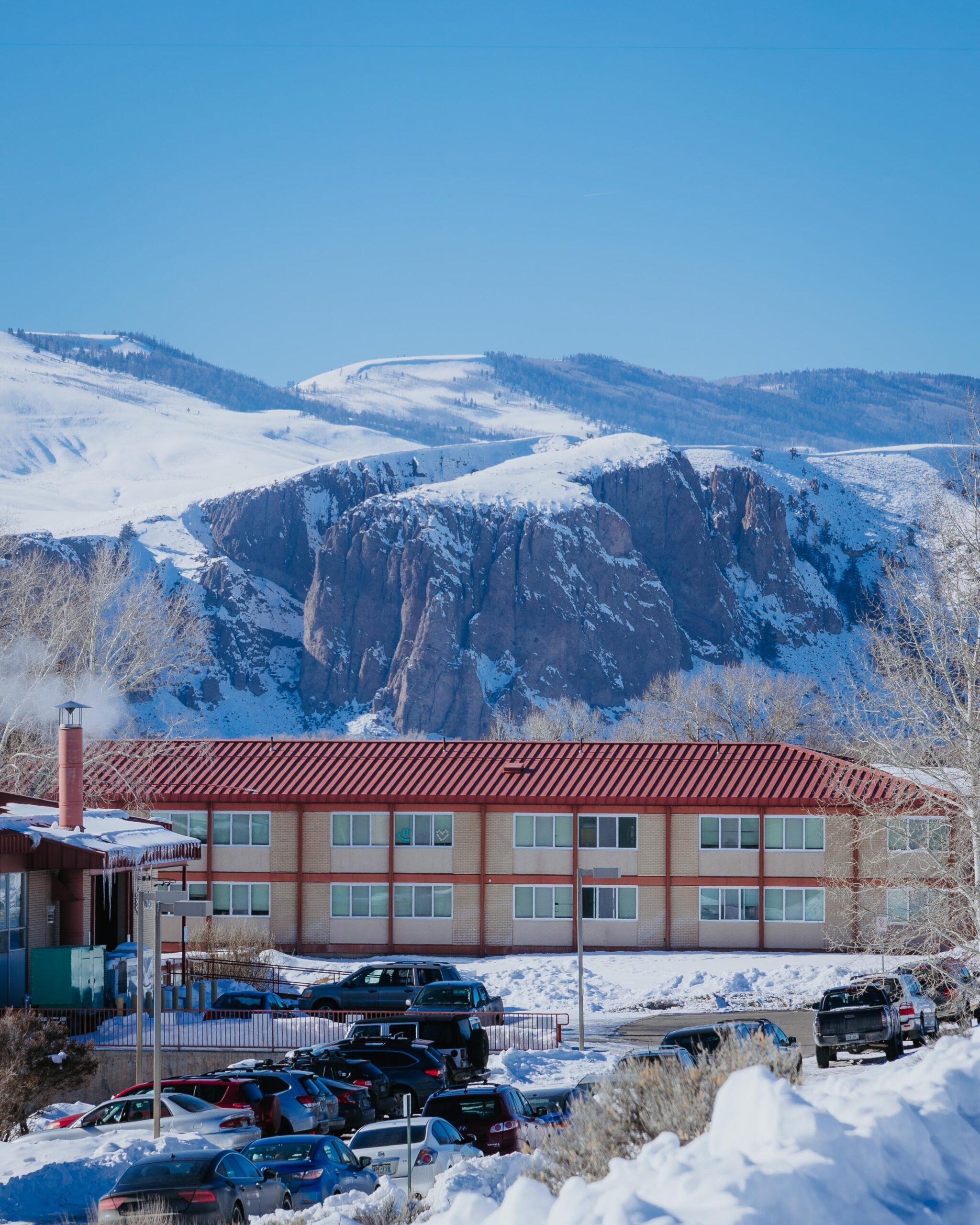Dear Western Community,
It has been a pleasure to engage and connect with all of you through various campus events and activities, especially at the Campus Conversations events held this spring. I hope open dialogue continues to enrich our campus culture.
I am writing today to show my support for investigating a practical and economically feasible transition toward waste reduction initiatives at Western. I have heard questions, comments and concerns about a range of sustainability initiatives for the future of Western. I want to take the time to acknowledge that your voices have been heard and that we, as an administration, are actively engaged in listening and responding. We believe sustainability initiatives like a zero waste campus will greatly benefit our community.
Zero waste is a set of procedures, practices, and behaviors designed to approach a net-zero environmental impact. It incorporates the principles and hierarchy of the three R’s: Reduce, Reuse and Recycle. More specifically, striving for a state of zero waste involves:
- Reducing consumption as a step towards reducing the amount of waste acquired and generated. This requires making business decisions that prevent waste from being created in the first place by looking to the sources of waste generation, rather than merely reducing the downstream impacts of waste;
- Choosing products that are designed for durability and a long life—products that have the potential for continued use and reuse; and
- Maximizing recycling and composting opportunities to minimize waste.
I am told that in one academic calendar year (32 weeks), Western generates some 633,645 pounds of waste: enough to cover the “W” on Tenderfoot Mountain one-foot deep in trash, 4.2 times. Of this waste 480,577 pounds are sent to landfills, meaning that we have a waste diversion rate of 24.16%.
If Western were to maximize its current waste infrastructure (meaning all waste was properly sorted to existing recycling, compost, e-waste, Terracycle and FreeCycle infrastructure on campus), we could achieve a 71.18% waste diversion rate. This would keep 298,000 pounds of waste out of landfills each year. Fewer than 100 universities are actively pursuing initiatives that work toward the highest possible waste diversion rate, but Western would like to join their number.
This year, Western became a member school of the Post Landfill Action Network (PLAN), which seeks to cultivate, educate and inspire a student-led zero waste movement. Through information sharing and hands-on support, PLAN works with students to find replicable solutions and put them into action. We strive to encourage student innovation at Western and our students have continuously shown themselves to be up to task. As we work towards zero waste initiatives, the ultimate goal for Western will be to divert 85% to 90% or more of the materials created from the landfill by 2020. Emphasis will be placed on utilizing all the tools available to reach the maximum waste diversion rate.
The administration is interested in exploring the possibility of a zero waste campus and is eager to collaborate on this and other sustainability initiatives. We believe that projects like these benefit college students and develops their understanding of what it means to be a responsible consumer as they embark on their independent lives. I am confident we will reach our common goal of a prosperous, inclusive and dynamic campus environment and are enthusiastic for the bright future of Western.
Sincerely,
Gregory B. Salsbury, Ph.D.
Read more about these statements in the Gunnison Country Times and KBUT Community Radio.







